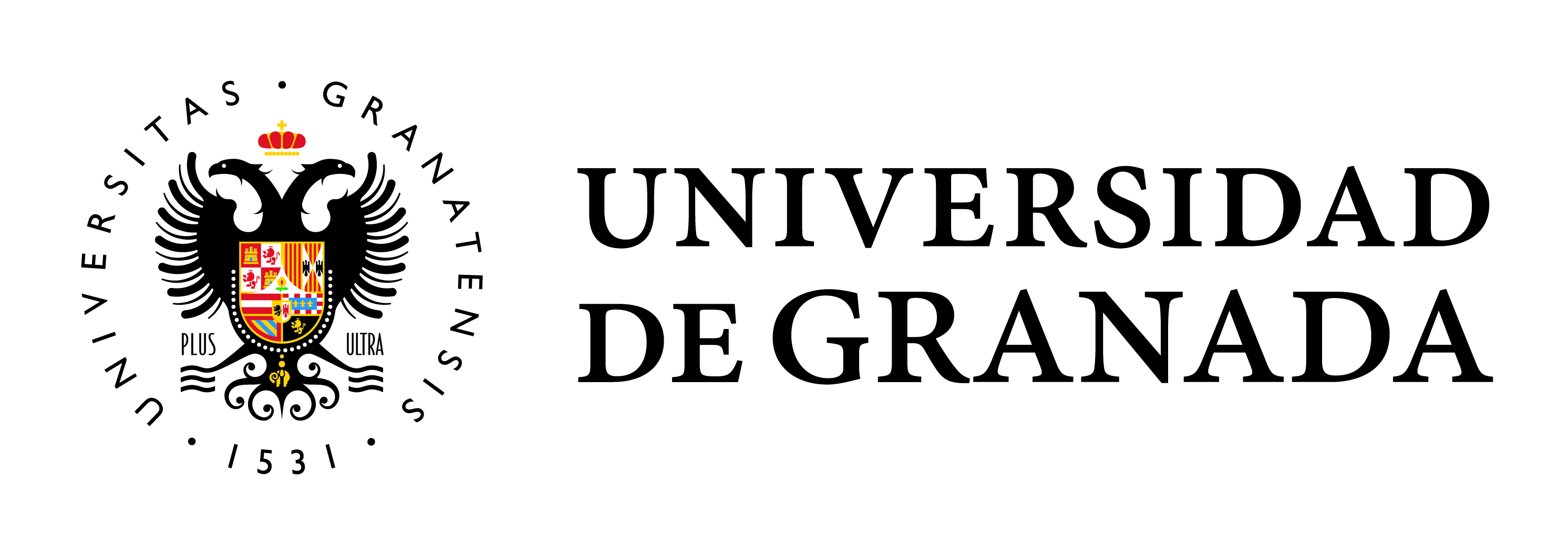Sensitivity Analysis applied on an urban growth cellular automata based-model with irregular structure
Main Article Content
Abstract
This work presents a Sensitivity Analysis (SA), as part of a validation process that is applied on an urban growth Cellular Automata (CA) based-model with irregular structure (MUGICA, Model for Urban Growth simulation using an Irregular Cellular Automata). This model has been developed to simulate urban growth of three municipalities located in an important industrial corridor (Corredor del Henares) in the central area of Spain. Although the methodology employed in this work has already been applied in models based on a raster structure, it is intended to verify its viability in the previous simulation phase, that is, in the calibration period (2000-2010) in a model of irregular structure such as MUGICA, which uses the cadastral plot as reference unit. This procedure aims to explore the degree of influence of each of the parameters on the results of the model, individually and as a whole. For this purpose, a successive elimination of the parameters is performed to evaluate if the absence of one or several of them implies a significant alteration of the results. The results show, firstly, the viability to apply this methodology in a vector environment. On the other hand, it has been possible to verify the significative influence of the suitability and accessibility factors in the development of urban land, as would be expected in a model of these characteristics.


